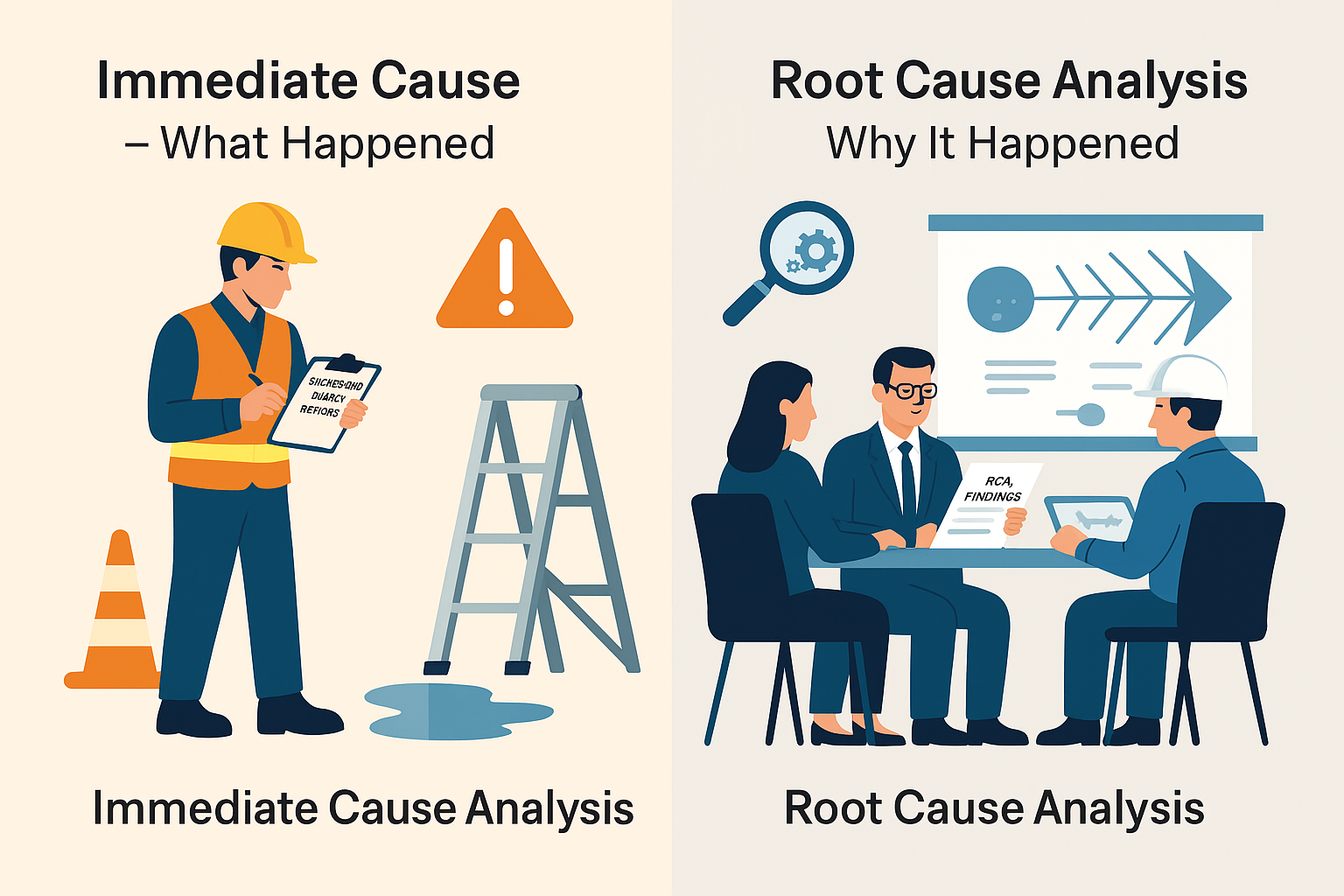
Workplace Stress Management: Coping Strategies and Resources
Introduction
Workplace stress is a prevalent issue that can affect the well-being and productivity of employees. Managing stress is crucial for maintaining a healthy work environment and ensuring individuals can cope with the demands of their jobs. This article explores effective coping strategies and available resources for managing workplace stress.
Understanding Workplace Stress
- Common Stressors
- High Workloads: Excessive workloads and tight deadlines can contribute to stress.
- Lack of Control: Feeling a lack of control over tasks or decision-making may lead to increased stress levels.
- Interpersonal Conflicts: Workplace conflicts and strained relationships can be significant stressors.
- Impact on Health
- Physical Health: Prolonged stress can lead to physical health issues such as headaches, fatigue, and digestive problems.
- Mental Health: Stress is linked to mental health challenges, including anxiety and depression.
- Organizational Impact
- Reduced Productivity: Stressed employees may experience decreased productivity and engagement.
- High Turnover: A stressful work environment may contribute to high turnover rates.
Coping Strategies for Workplace Stress
- Time Management
- Prioritization: Prioritize tasks based on urgency and importance to manage workloads effectively.
- Breaks and Rest: Schedule regular breaks to prevent burnout and maintain energy levels.
- Effective Communication
- Expressing Concerns: Communicate openly with colleagues and supervisors about workload or challenges.
- Seeking Support: Seek support from coworkers or supervisors when feeling overwhelmed.
- Setting Boundaries
- Work-Life Balance: Establish clear boundaries between work and personal life to prevent constant stress.
- Saying No: Learn to say no when additional tasks may contribute to excessive stress.
- Mindfulness and Relaxation Techniques
- Deep Breathing: Practice deep breathing exercises to manage stress in the moment.
- Mindful Practices: Incorporate mindfulness techniques, such as meditation, to promote relaxation.
- Physical Activity
- Regular Exercise: Engage in regular physical activity to reduce stress hormones and improve overall well-being.
- Stretching Breaks: Incorporate short stretching breaks during the workday to alleviate tension.
- Seeking Professional Help
- Employee Assistance Programs (EAP): Utilize workplace EAP services for confidential counseling and support.
- Therapeutic Intervention: Consider professional therapy or counseling to address underlying stressors.
Resources for Managing Workplace Stress
- Employee Assistance Programs (EAP)
- Confidential Counseling: EAPs offer confidential counseling services for employees dealing with stress.
- Workshops and Seminars: EAPs often provide workshops and seminars on stress management.
- Online Mental Health Platforms
- Digital Apps: Utilize mental health apps that offer guided meditation, stress-relief exercises, and relaxation techniques.
- Teletherapy Services: Access online teletherapy services for remote counseling sessions.
- Workplace Wellness Programs
- Health Screenings: Participate in workplace wellness programs that offer health screenings and stress management resources.
- Fitness Classes: Join workplace fitness classes or wellness events to promote overall well-being.
- Professional Development Opportunities
- Skill Enhancement: Enhance skills through professional development to increase confidence and reduce work-related stress.
- Career Advancement: Opportunities for career advancement can positively impact job satisfaction and stress levels.
- Community Support Groups
- Networking: Engage in community support groups or networking events to share experiences and coping strategies.
- Social Connections: Building social connections outside of work can provide emotional support.
Conclusion
Effectively managing workplace stress is essential for maintaining a healthy and productive work environment. By implementing coping strategies such as time management, communication, and seeking professional help, individuals can mitigate the impact of stress on their well-being. Additionally, leveraging resources like EAPs, online mental health platforms, and workplace wellness programs enhances the support available to employees, contributing to a more resilient and stress-aware workforce.
Workplace Hazards and Control Measures
5S Principles in the Workplace
Workplace Safety Toolbox Talk Meeting
Frequently Asked Questions (FAQs)
- Why is workplace stress management important?
- Workplace stress management is crucial for maintaining the well-being and productivity of employees. It helps prevent health issues, reduces the impact on organizational productivity, and contributes to a healthier work environment.
- What are common workplace stressors?
- Common workplace stressors include high workloads, lack of control, interpersonal conflicts, and challenges in achieving work-life balance.
- How can individuals cope with workplace stress?
- Coping strategies for workplace stress include time management, effective communication, setting boundaries, mindfulness and relaxation techniques, engaging in physical activity, and seeking professional help when needed.
- What resources are available for managing workplace stress?
- Resources for managing workplace stress include Employee Assistance Programs (EAP), online mental health platforms, workplace wellness programs, professional development opportunities, and community support groups.
- How do workplace wellness programs contribute to stress management?
- Workplace wellness programs contribute to stress management by offering health screenings, fitness classes, career advancement opportunities, and overall support for employees’ physical and mental well-being.

























Highly educative and easily assimilated.
More than a mere safety tips.